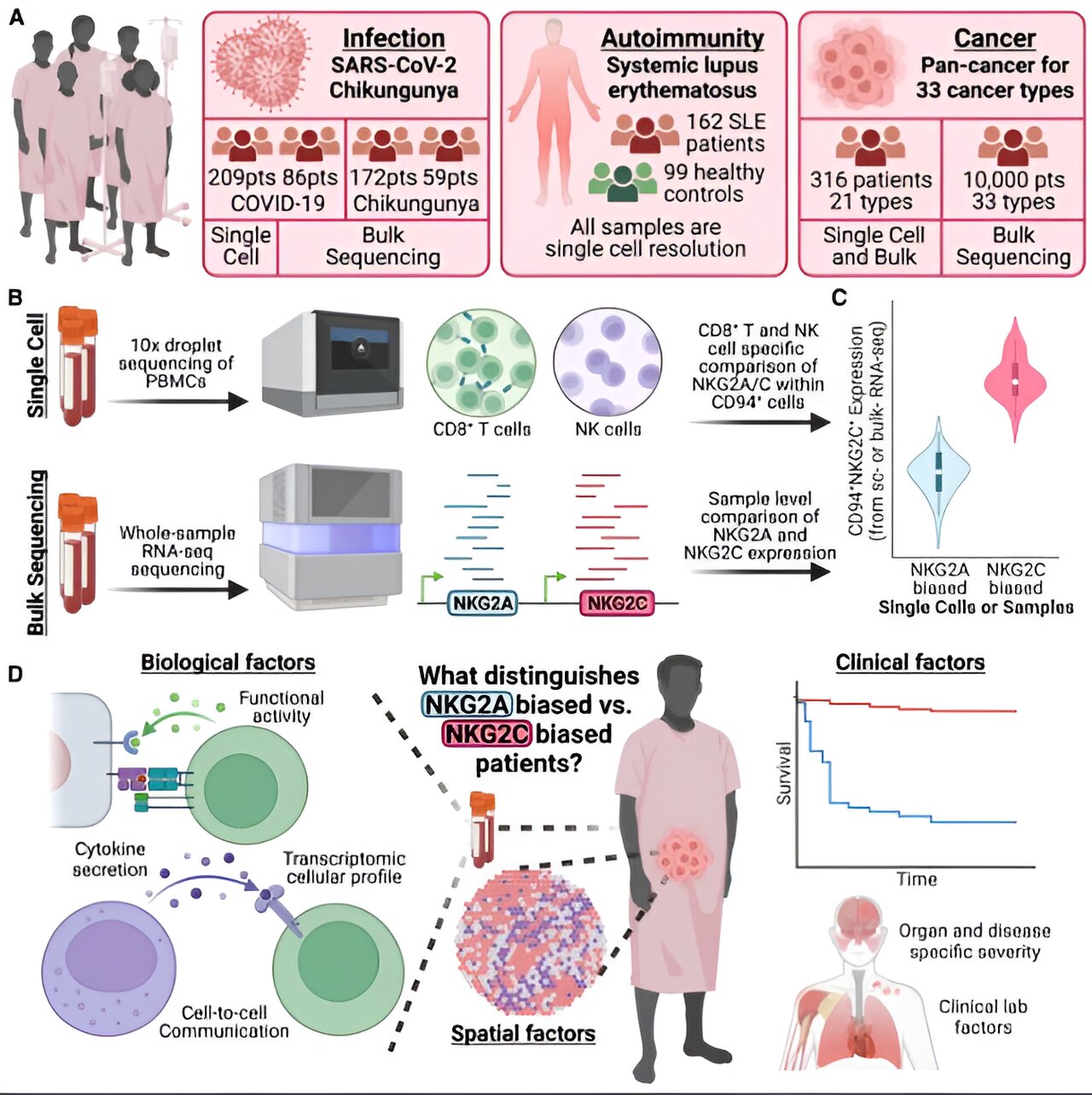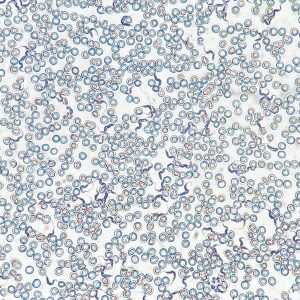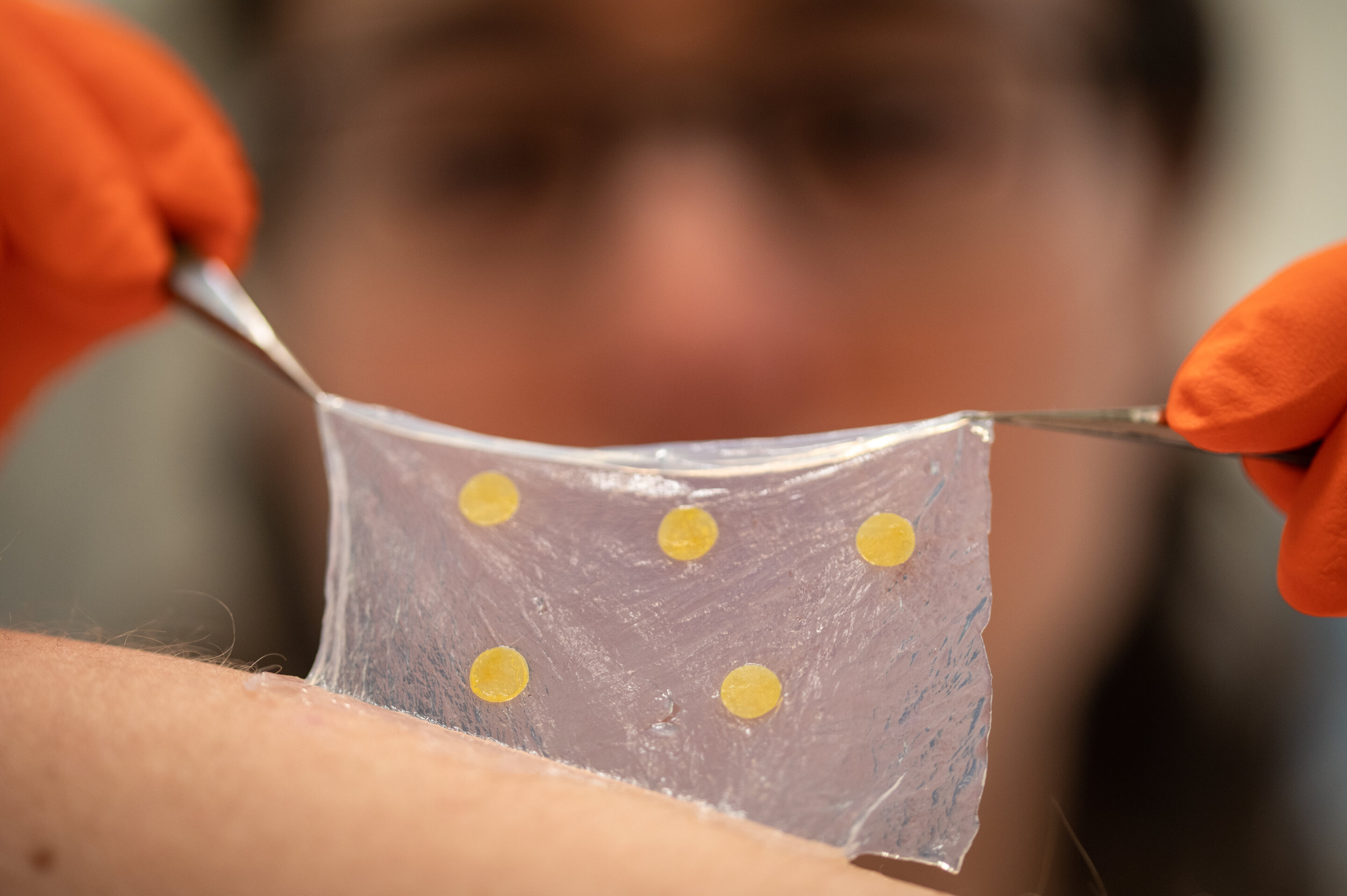
Combined, infection, autoimmunity and cancer account for 4 out of every 10 deaths worldwide, and represent major global health challenges...
Read More

Combined, infection, autoimmunity and cancer account for 4 out of every 10 deaths worldwide, and represent major global health challenges...
Read More
Scientists discover role immune system’s T cells play in regulating fat and muscle loss during infection in mice. Scientists discovered that 1) the wasting response to T. brucei infection in mice occurs in two phases, each regulated by different immune cells and 2) fat loss did not benefit the fight against infection, but muscle loss did. The findings inform the development of more effective therapeutics that spare people from wasting and increase our understanding of how wasting influences survival and morbidity across infections, cancers, chronic illnesses, and more.
Although infections can present with many different symptoms, one common symptom is the loss of fat and muscle, a proc...
Read More
A nanocellulose wound dressing that can reveal early signs of infection without interfering with the healing process has been developed by researchers at Linköping University, Sweden. Their study, published in Materials Today Bio, is one further step on the road to a new type of wound care.
The skin is the largest organ of the human body. A wound disrupts the normal function of the skin and can take a long time to heal, be very painful for the patient, and may—in a worst-case scenario—lead to death if not treated correctly. Also, hard-to-heal wounds pose a great burden on society, representing about half of all costs of out-patient care.
In traditional wo...
Read More
Diet rich in sugar, fat damages immune cells in digestive tracts of mice. Eating a Western diet impairs the immune system in the gut in ways that could increase risk of infection and inflammatory bowel disease, according to a study from researchers at Washington University School of Medicine in St. Louis and Cleveland Clinic.
The study, in mice and peop...
Read More
Recent Comments